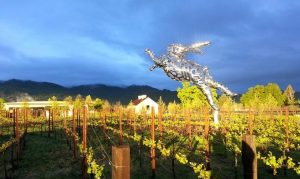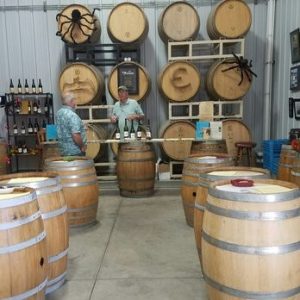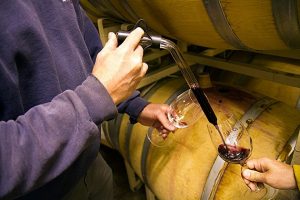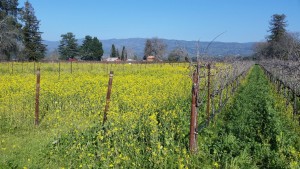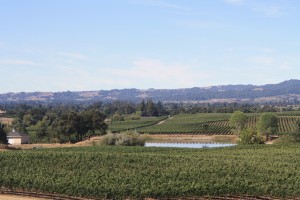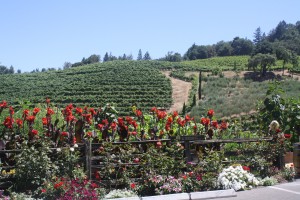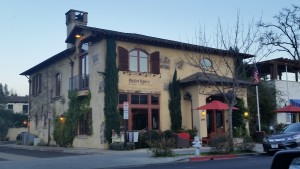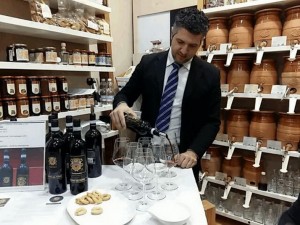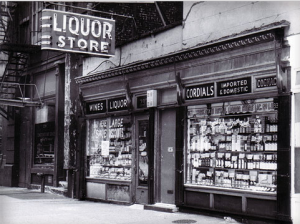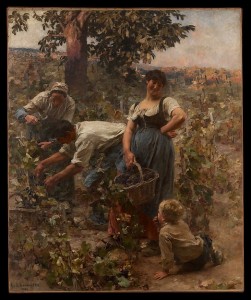This is the second in Power Tasting’s series on the best times to visit Napa/Noma. Since all months are good months, this isn’t much of a challenge. We wrote about visiting in January in a previous issue.
Ah, springtime! T.S. Eliot may have said that April is the cruelest month, but we bet T.S. never went to the Napa Valley or Sonoma County in April. It is a particularly lovely time of the year. If you go in the early part of the month, you may catch the end of mustard season, in which the space between the rows of vines is occupied by brightly colored yellow flowers. Even if you don’t, you will be there for bud break and the initial flowering of the vines. In the colder areas, like Carneros and in the mountains it will be later in the month (or even into May). In warmer spots like Calistoga you are likely to see greenery earlier in the month.
With winter past, you won’t have the freezing days that can happen even in Napa/Noma in winter. There probably won’t be any rain either. You might want to have a light sweater or a long sleeve shirt in the morning but you’ll leave the sweater in the car and roll up your sleeves in the afternoon. If you come from colder climates, you’ll think that summer is upon you.
Napa Valley in April, with art on display among the vines. Photo courtesy of Visit Napa Valley.
But note that we said you won’t see freezing days. It can get pretty cold at night, sometimes getting below 32 degrees. As bad as that temperature is for visitors, it’s a lot worse for grapes. The tender buds are at their most vulnerable and a snap freeze can cripple a harvest before the grapes even appear. You’ll see giant fans in the vineyards to blow the cold air away. Others wet the vines so that the resulting ice insulates the vines. It gives you an alert to bring your jacket with you for dinnertime.
The crowds of wine tasters are not as intense as in the summer months but they’re not as sparse as in the dead of winter, either. If you can get away for a few weekdays, you should have plenty of time to chat with a wine educator or to sip without someone crowding you at the bar. Weekends are another matter. This may be the first chance for many others to taste springtime and you’ll see plenty of them all along the roads and in the wineries.
While there are leaves on the vines, the scenery isn’t as lush as it is at the height of the summer. If taking in the view is part of the reason for your visit (as it should be), this isn’t the time to visit wineries with grand commanding panoramas, like Sbragia Family in Sonoma’s Dry Creek or William Hill in Napa. It would be better to think in terms of snuggling up to the vines, which makes Grgich Hills in Napa Valley’s Rutherford or Limerick Lane in Russian River in Sonoma County better April destinations. If springtime brings a smile to your lips, all the wines will taste better then.
